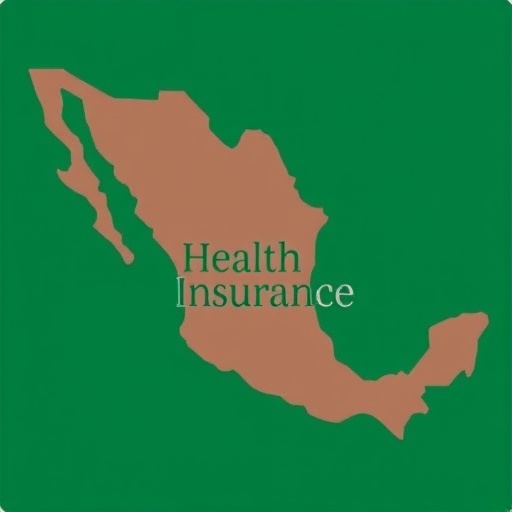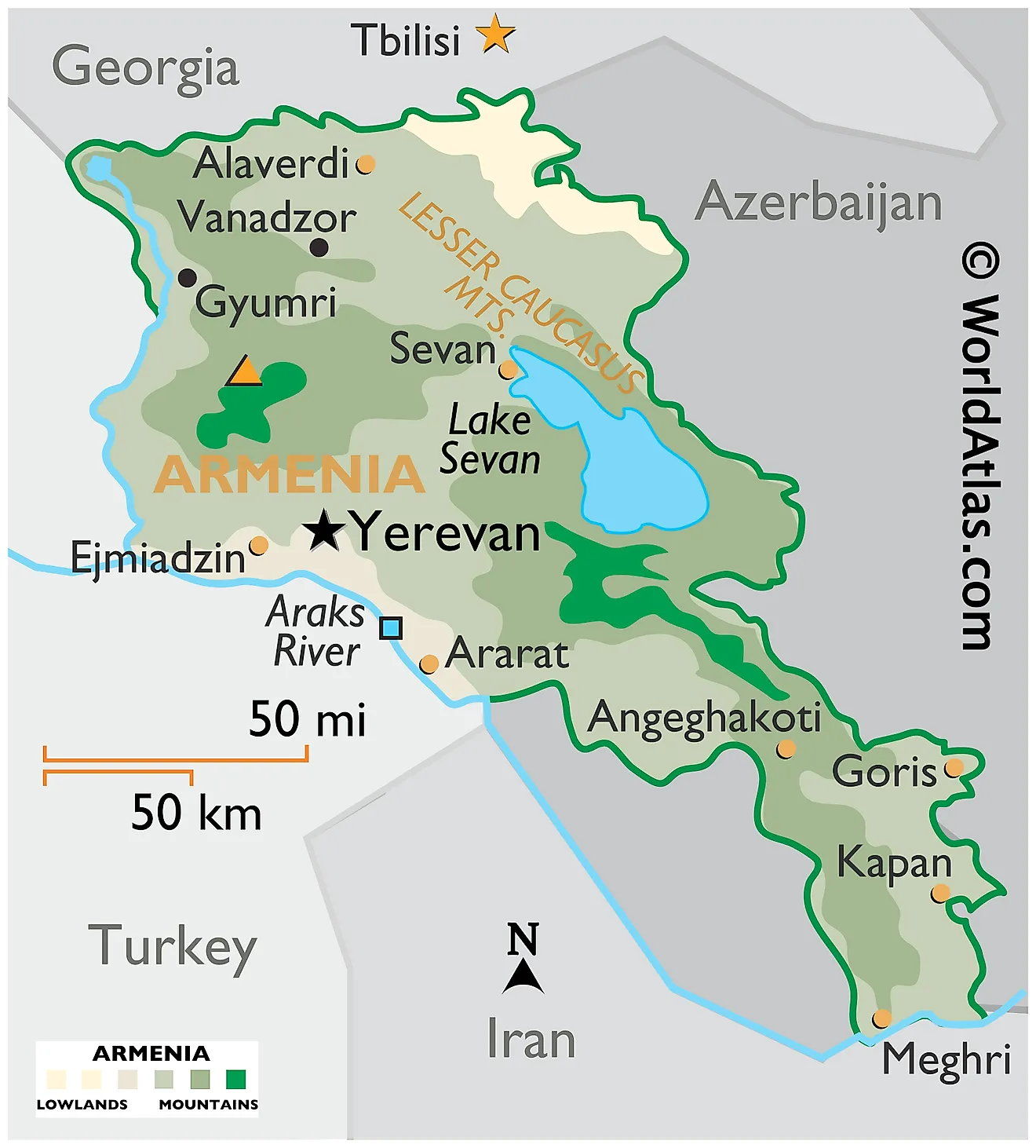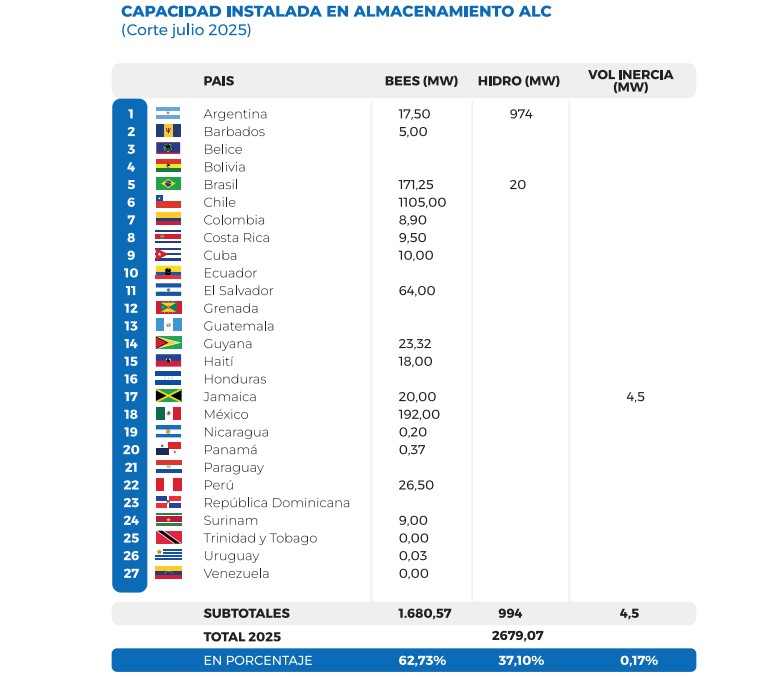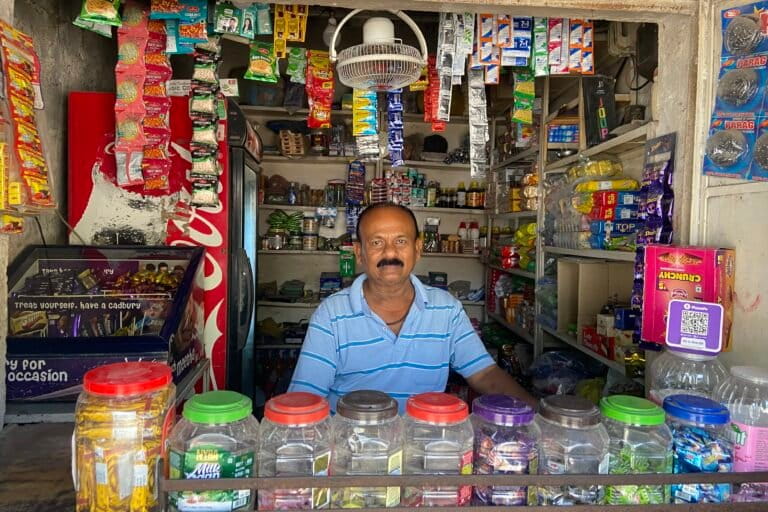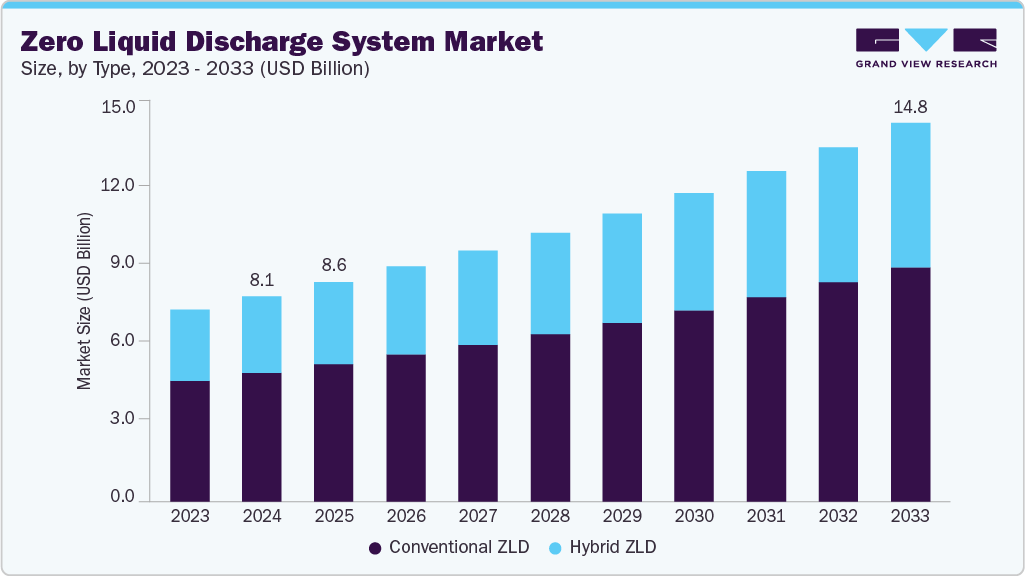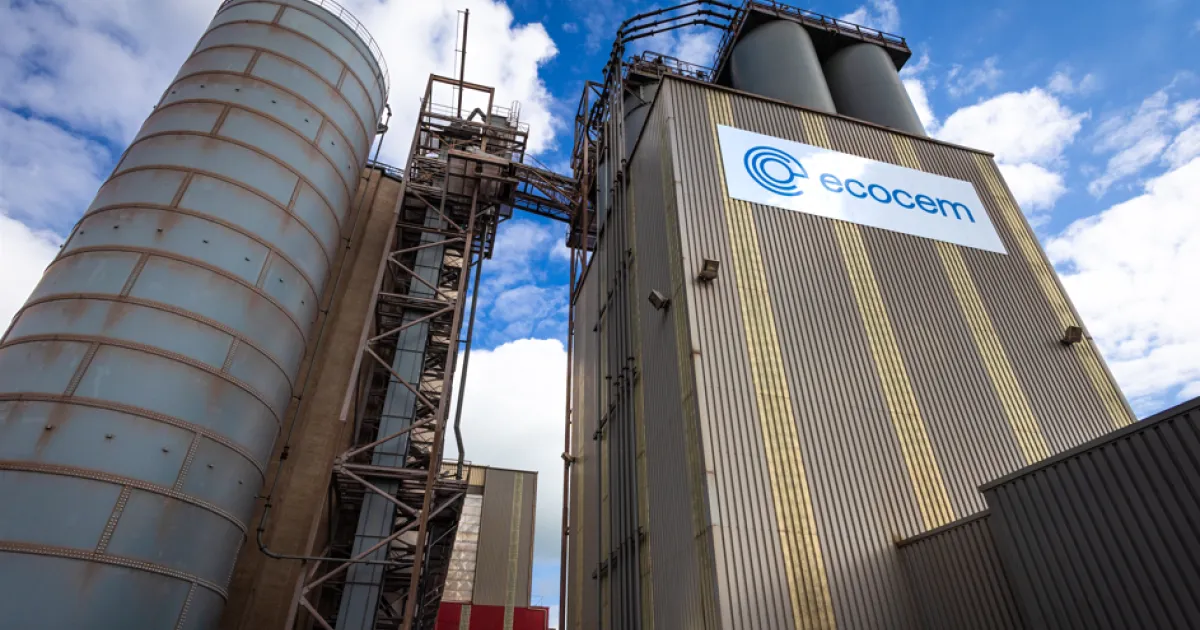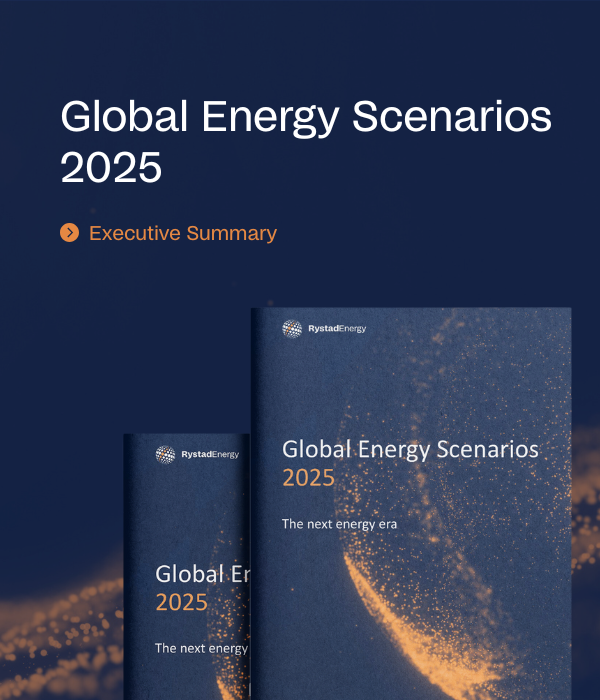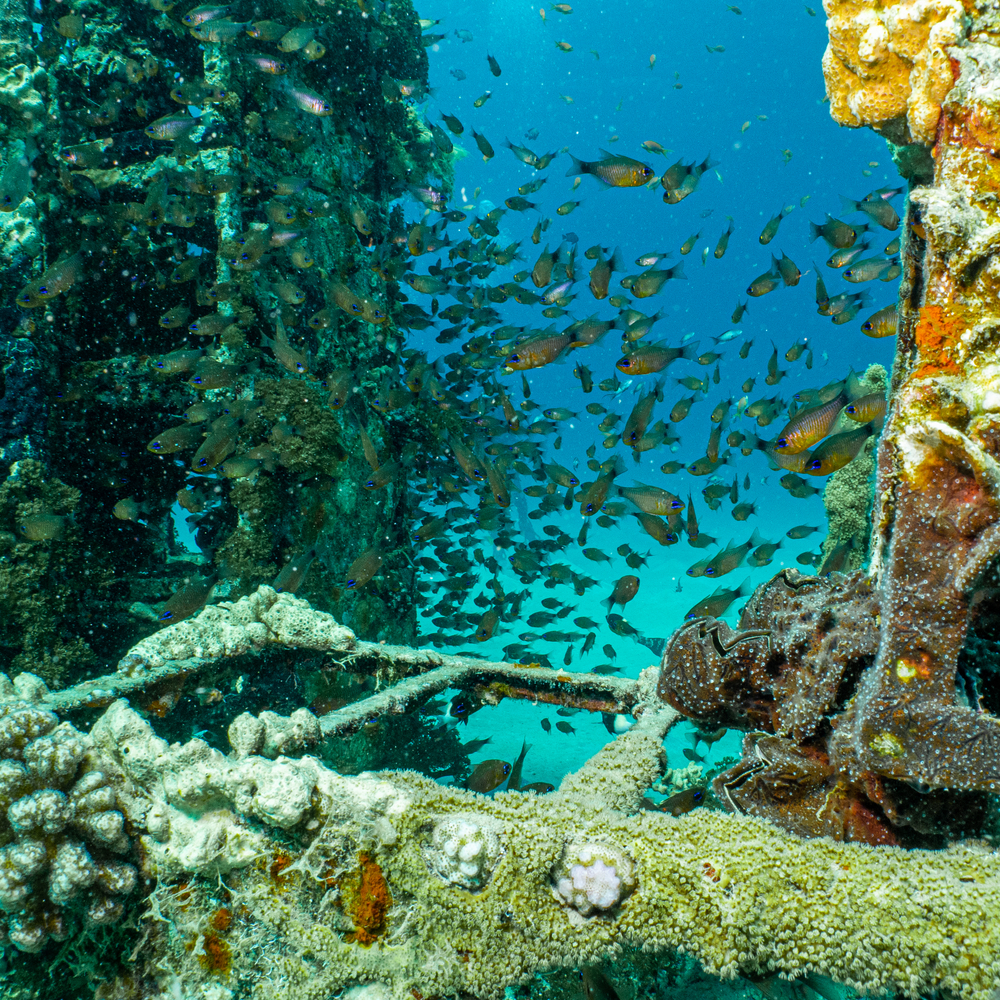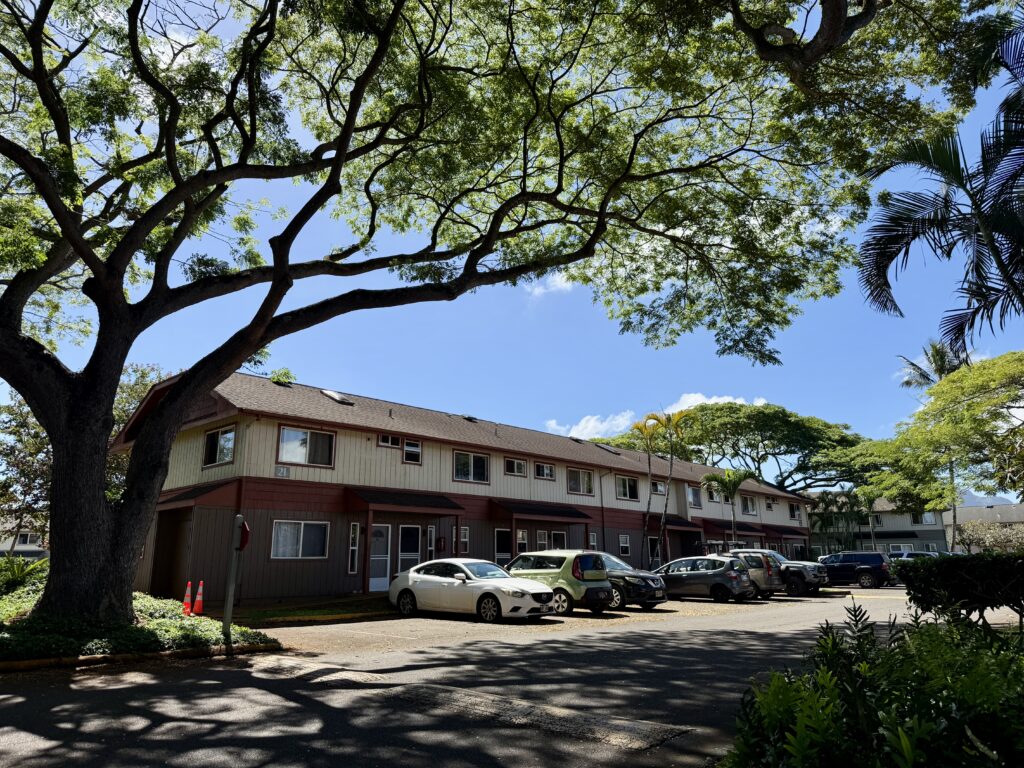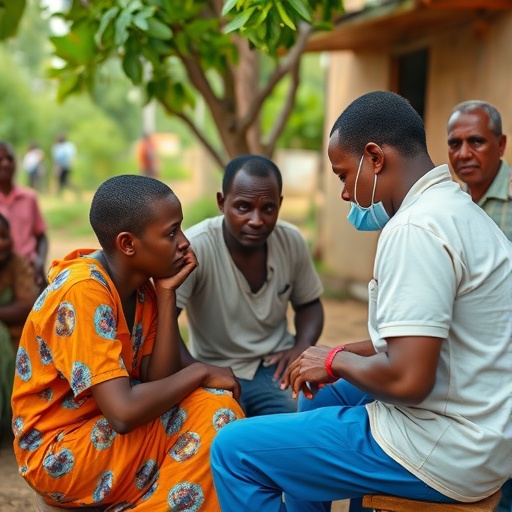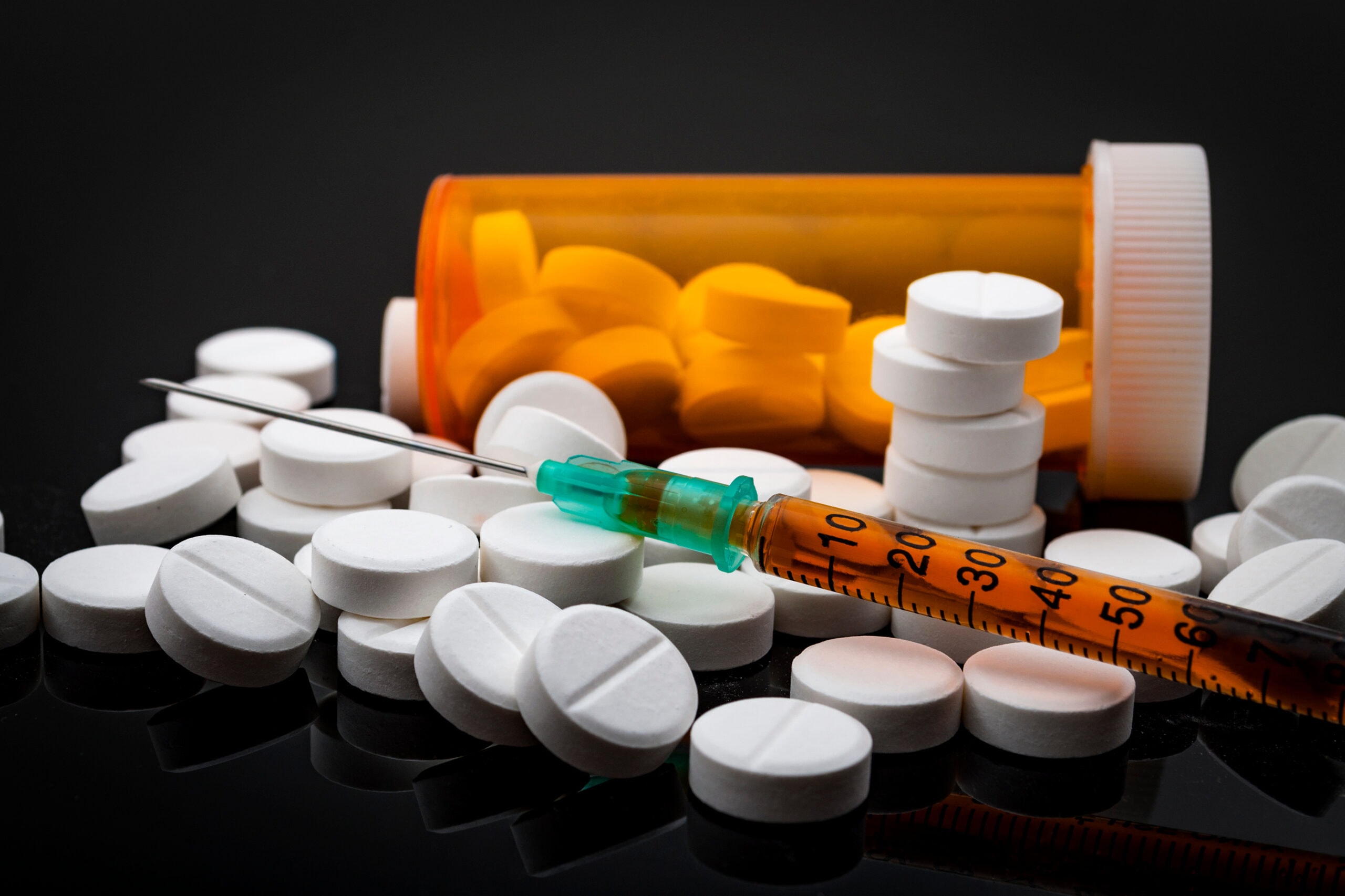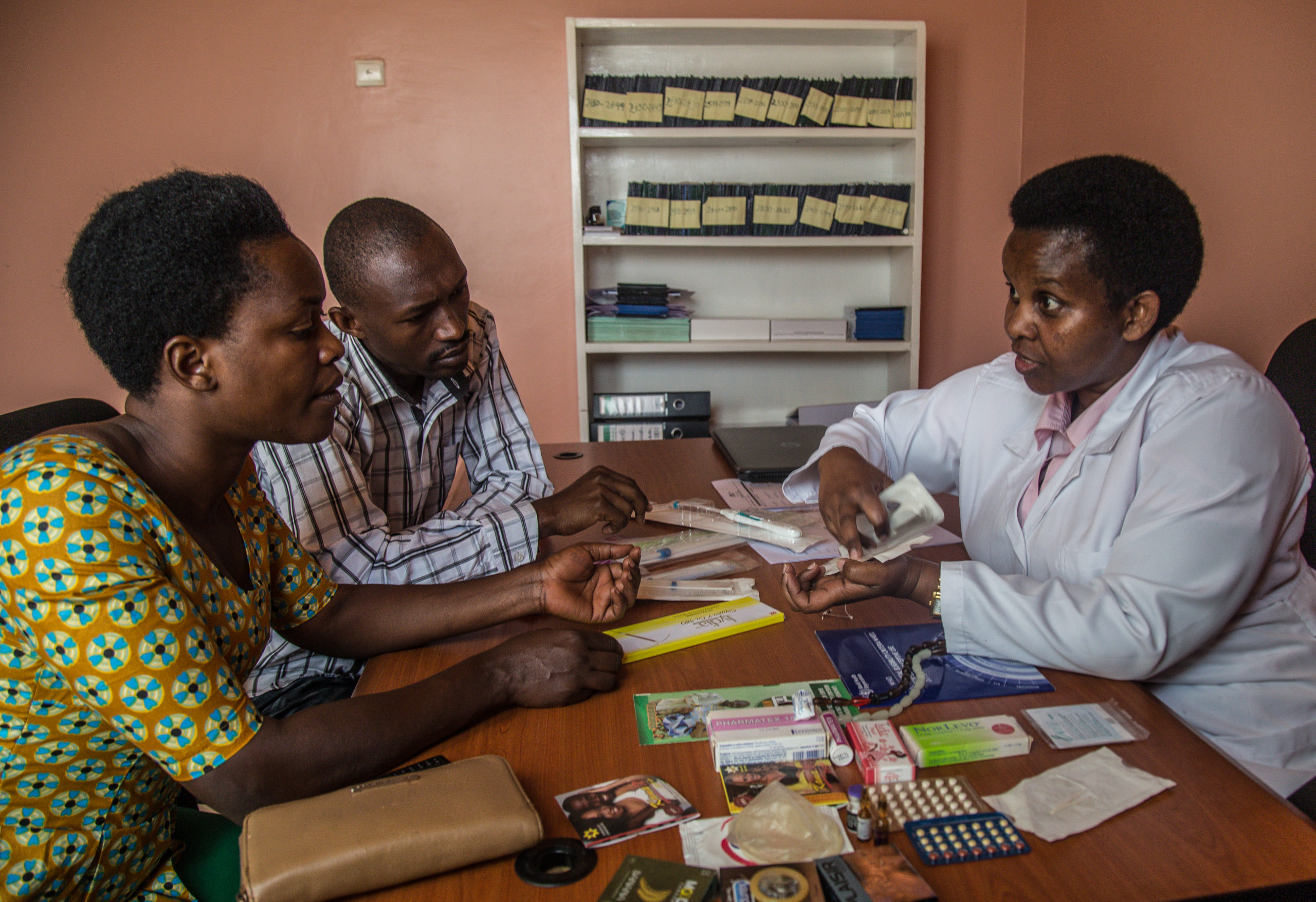Barcelona’s Port Restructuring: A Blueprint for Sustainable Tourism and Long-Term Investment Opportunities – AInvest
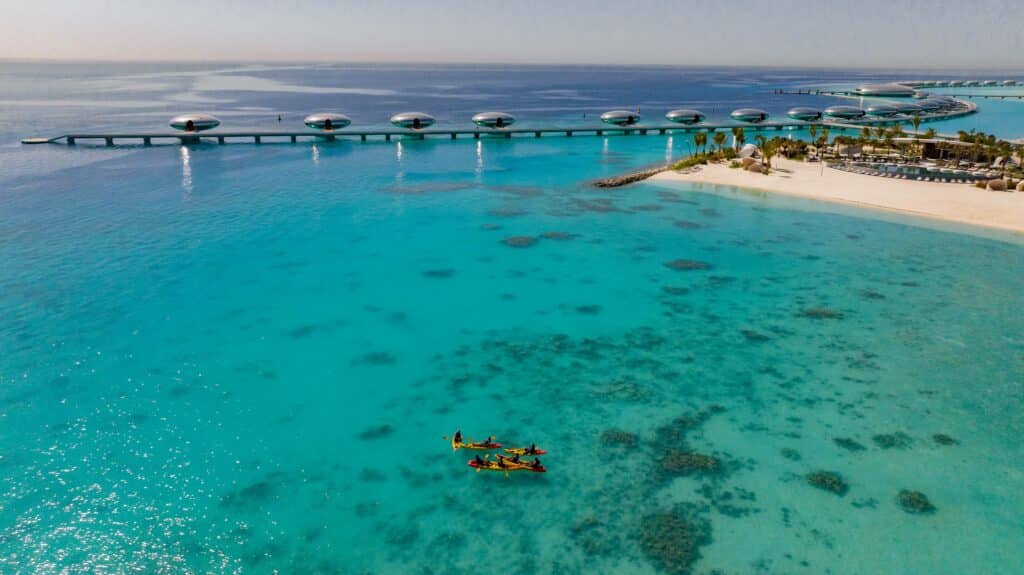
Report on Sustainable Transformation in European Cruise Tourism: The Case of Barcelona
Strategic Restructuring in Alignment with Sustainable Development Goals (SDGs)
Advancing SDG 11 (Sustainable Cities and Communities) and SDG 13 (Climate Action)
The Port of Barcelona’s strategic restructuring is a direct response to the challenges of overtourism and climate change, aligning with the core principles of SDG 11 and SDG 13. The initiative aims to create a more sustainable, resilient, and inclusive urban environment by balancing economic activity with environmental preservation and resident well-being.
- Capacity Management: By 2030, daily passenger capacity will be reduced by 16% to 31,000, mitigating urban congestion and environmental strain.
- Infrastructure Modernization: Three older terminals will be demolished and replaced by a single, eco-friendly terminal designed to prioritize home port cruises, which have a higher local economic impact.
- Climate Action Integration: The project is projected to reduce cruise-related emissions by 30% by 2030, contributing significantly to climate action targets by integrating climate change measures into municipal and industrial policy.
- Sustainable Economic Model: The restructuring seeks to sustain the €562 million annual GDP from maritime tourism while ensuring it does not compromise the city’s environmental health, a key target of SDG 11.
Promoting SDG 9 (Industry, Innovation and Infrastructure) and SDG 14 (Life Below Water)
The €185 million investment plan focuses on building resilient and sustainable infrastructure, a cornerstone of SDG 9, while directly addressing marine pollution as targeted by SDG 14.
- Onshore Power Supply (OPS): The integration of OPS systems allows vessels to connect to renewable energy grids, drastically cutting at-berth emissions and noise pollution, thereby protecting marine and coastal ecosystems.
- The Nexigen Plan: This €200 million initiative, which includes a €12.225 million project with PowerCon A/S, will supply 100% renewable electricity to ships, reducing emissions by up to 98% and setting a new standard for clean port infrastructure.
- Mobility and Urban Integration: A €90 million investment in mobility, including the Porta d’Europa bridge expansion, improves infrastructure to ease congestion and enhance the connection between the port and the city.
Industry Adaptation and Technological Innovation
Contribution to SDG 7 (Affordable and Clean Energy) and SDG 12 (Responsible Consumption and Production)
The success of Barcelona’s strategy is contingent on the cruise industry’s commitment to sustainable practices, reflecting a shift towards responsible production (SDG 12) and the adoption of clean energy technologies (SDG 7).
- Fleet Modernization: Major cruise lines, including Carnival Corporation, Royal Caribbean Group, and MSC Cruises, are retrofitting fleets and commissioning new vessels with OPS compatibility.
- Global Shore Power Adoption: It is projected that over 74% of global cruise capacity will be equipped for shore power by 2028, demonstrating a sector-wide move towards cleaner energy sources.
- Corporate Responsibility: By investing in OPS-compatible ships and collaborating on port infrastructure projects, cruise lines are adopting more sustainable production patterns and future-proofing their operations against stricter environmental regulations like the EU’s Fit for 55 initiative.
Financial Viability and Investment Framework
Fostering SDG 8 (Decent Work and Economic Growth) through Sustainable Investment
The project demonstrates that environmental sustainability and economic growth can be mutually reinforcing, advancing SDG 8 by promoting a sustainable tourism model that protects natural resources while generating economic value.
- Green Investment Opportunities: The restructuring creates opportunities for investment in sustainable infrastructure, such as shore power systems and green terminal construction.
- Economic Resilience: By aligning with global decarbonization trends, Barcelona maintains its position as Europe’s leading cruise port, ensuring long-term economic stability and job creation in a sustainable manner.
The Role of SDG 17 (Partnerships for the Goals)
Collaboration among public and private entities is fundamental to the project’s execution, embodying the spirit of SDG 17.
- Public-Private Partnerships (PPPs): The Port of Barcelona’s investment model, which includes significant public funding for mobility improvements, showcases how shared risk and reward between government and private entities can drive large-scale sustainable development.
- Collaborative Financing: The use of green bonds and environmental impact funds, supported by regulatory incentives, highlights the multi-stakeholder partnerships required to finance the transition to a green economy.
Investment Recommendations and Conclusion
Opportunities Aligned with Global Sustainability Targets
The transition towards sustainable maritime tourism presents clear investment opportunities for entities focused on supporting the SDGs.
- Sustainable Infrastructure Developers: Companies specializing in high-voltage shore power systems and green construction are positioned for growth as ports worldwide electrify in line with SDG 9 and SDG 13.
- ESG-Focused Cruise Lines: Operators demonstrating strong commitments to sustainability (SDG 12) and clean energy (SDG 7) are likely to achieve superior performance as regulatory and consumer pressures intensify.
- Renewable Energy Providers: Firms supplying certified green electricity to ports will see increased demand as OPS becomes a global standard, directly supporting SDG 7.
A Replicable Blueprint for Global Sustainable Tourism
Barcelona’s port restructuring serves as a comprehensive blueprint for cities globally seeking to align tourism development with the Sustainable Development Goals. The project underscores the financial viability of green infrastructure and the critical importance of industry adaptation. By investing in these transitions, stakeholders can secure both environmental and economic returns, ensuring a resilient and sustainable future for maritime tourism.
Which SDGs are addressed or connected to the issues highlighted in the article?
- SDG 7: Affordable and Clean Energy – The article focuses on the transition to clean energy in the maritime sector, specifically through the use of onshore power supply (OPS) systems that run on renewable electricity.
- SDG 8: Decent Work and Economic Growth – The article discusses balancing economic growth from tourism (€562 million GDP) with sustainability, aiming to create a more resilient and sustainable tourism model.
- SDG 9: Industry, Innovation, and Infrastructure – The core of the article is about a major infrastructure project (€185 million investment) to build sustainable and resilient port facilities, promoting green innovation in the cruise industry.
- SDG 11: Sustainable Cities and Communities – The initiative is a direct response to the challenges of overtourism and climate change in Barcelona, aiming to reduce the environmental impact of tourism and improve the quality of life for residents by reducing congestion and pollution.
- SDG 13: Climate Action – The entire project is framed as a climate action strategy, with the goal of reducing greenhouse gas emissions from cruise ships and integrating climate change measures into urban and corporate planning.
- SDG 14: Life Below Water – By reducing ship emissions in port, the project helps mitigate air pollution that contributes to ocean acidification and other forms of marine pollution, thus protecting the marine environment.
- SDG 17: Partnerships for the Goals – The article highlights the importance of public-private partnerships (PPPs) between the Port of Barcelona, private companies like PowerCon A/S, and cruise lines like MSC to achieve the sustainability goals.
What specific targets under those SDGs can be identified based on the article’s content?
-
SDG 7, Target 7.2: Increase substantially the share of renewable energy in the global energy mix.
The article directly supports this target by describing the installation of onshore power supply (OPS) systems. It states that the Nexigen Plan will “deliver 100% renewable electricity to cruise ships,” which allows them to plug into renewable energy grids instead of burning fuel while docked.
-
SDG 8, Target 8.9: By 2030, devise and implement policies to promote sustainable tourism that creates jobs and promotes local culture and products.
Barcelona’s port restructuring is presented as a “model for sustainable tourism.” The strategy of reducing passenger capacity to “enhance sustainability” while ensuring economic gains do not cause “environmental degradation or diminished quality of life for residents” is a direct implementation of a policy for sustainable tourism.
-
SDG 9, Target 9.4: By 2030, upgrade infrastructure and retrofit industries to make them sustainable, with increased resource-use efficiency and greater adoption of clean and environmentally sound technologies and industrial processes.
This target is central to the article. The Port of Barcelona is undertaking a massive infrastructure upgrade by building a “new, eco-friendly Terminal C” and installing “high-voltage shore power systems.” Furthermore, cruise lines are “retrofitting vessels and designing new ships with OPS compatibility” to align with these new, cleaner industrial processes.
-
SDG 11, Target 11.6: By 2030, reduce the adverse per capita environmental impact of cities, including by paying special attention to air quality and municipal and other waste management.
The project’s explicit goal is to reduce the environmental impact of cruise tourism on Barcelona. The article notes the plan is expected to “reduce cruise-related emissions by 30% by 2030” and ease “passenger flow and reduce congestion,” directly addressing the city’s air quality and overall environmental footprint.
-
SDG 13, Target 13.2: Integrate climate change measures into national policies, strategies and planning.
Barcelona’s port restructuring is a clear example of integrating climate change measures into local strategic planning. The article also mentions the EU’s “Fit for 55 initiative,” a broader policy framework that provides “regulatory incentives for ports that adopt shore power,” demonstrating this integration at a regional level.
-
SDG 17, Target 17.17: Encourage and promote effective public, public-private and civil society partnerships.
The article emphasizes that “Public-private partnerships (PPPs) will be critical.” It provides a concrete example with the “Port of Barcelona’s collaboration with PowerCon A/S—a Danish engineering firm” to install the shore power systems, showcasing how government entities and private companies are working together to finance and implement the project.
Are there any indicators mentioned or implied in the article that can be used to measure progress towards the identified targets?
-
Reduction in Emissions
The article provides specific, measurable targets for emission cuts. It states the project aims to “reduce cruise-related emissions by 30% by 2030” and that the shore power at the MSC terminal will cut emissions “by up to 98%.” These percentages are direct indicators of progress towards SDG 11.6 and SDG 13.
-
Investment in Sustainable Infrastructure
The financial figures cited serve as indicators of commitment and progress. The article mentions an “€185 million investment” for the overall restructuring, a “€50 million overhaul of quay areas,” and a “€12.225 million project” for the shore power system at the MSC terminal. These figures measure the scale of investment in sustainable infrastructure under SDG 9.
-
Adoption Rate of Clean Technology
The article provides a clear metric for the adoption of green technology in the cruise industry. It states that “By 2028, over 74% of global cruise capacity will be equipped for shore power.” This percentage serves as a key performance indicator for Target 9.4.
-
Share of Renewable Energy Use
The plan to “deliver 100% renewable electricity to cruise ships” is a direct indicator for Target 7.2. Measuring the actual percentage of port energy consumption that comes from renewable sources would track progress.
-
Changes in Tourism Capacity and Economic Output
The article mentions a reduction in cruise terminal capacity “from 37,000 to 31,000 passengers per day” (a 16% reduction). This, combined with the baseline GDP from maritime tourism of “€562 million annually,” can be used as an indicator to measure the success of the sustainable tourism policy (Target 8.9) by tracking if economic value can be maintained or grown despite a reduction in volume.
SDGs, Targets, and Indicators Analysis
| SDGs | Targets | Indicators |
|---|---|---|
| SDG 7: Affordable and Clean Energy | 7.2: Increase substantially the share of renewable energy. | Provision of “100% renewable electricity” to cruise ships via onshore power systems. |
| SDG 8: Decent Work and Economic Growth | 8.9: Devise and implement policies to promote sustainable tourism. | Reduction of daily passenger capacity by 16% (from 37,000 to 31,000); Annual GDP from maritime tourism (€562 million) as a baseline. |
| SDG 9: Industry, Innovation, and Infrastructure | 9.4: Upgrade infrastructure and retrofit industries to make them sustainable. | €185 million investment in port restructuring; “74% of global cruise capacity will be equipped for shore power by 2028.” |
| SDG 11: Sustainable Cities and Communities | 11.6: Reduce the adverse per capita environmental impact of cities. | Target to “reduce cruise-related emissions by 30% by 2030”; Reduction of emissions by up to 98% at specific terminals. |
| SDG 13: Climate Action | 13.2: Integrate climate change measures into policies, strategies and planning. | Implementation of the Nexigen Plan; Adherence to the EU’s “Fit for 55 initiative.” |
| SDG 14: Life Below Water | 14.1: Prevent and significantly reduce marine pollution. | Reduction of ship emissions in port, which helps mitigate pollutants that affect the marine environment. |
| SDG 17: Partnerships for the Goals | 17.17: Encourage and promote effective public-private partnerships. | Collaboration between the Port of Barcelona and PowerCon A/S; €185 million investment involving public and private entities. |
Source: ainvest.com

What is Your Reaction?
 Like
0
Like
0
 Dislike
0
Dislike
0
 Love
0
Love
0
 Funny
0
Funny
0
 Angry
0
Angry
0
 Sad
0
Sad
0
 Wow
0
Wow
0









